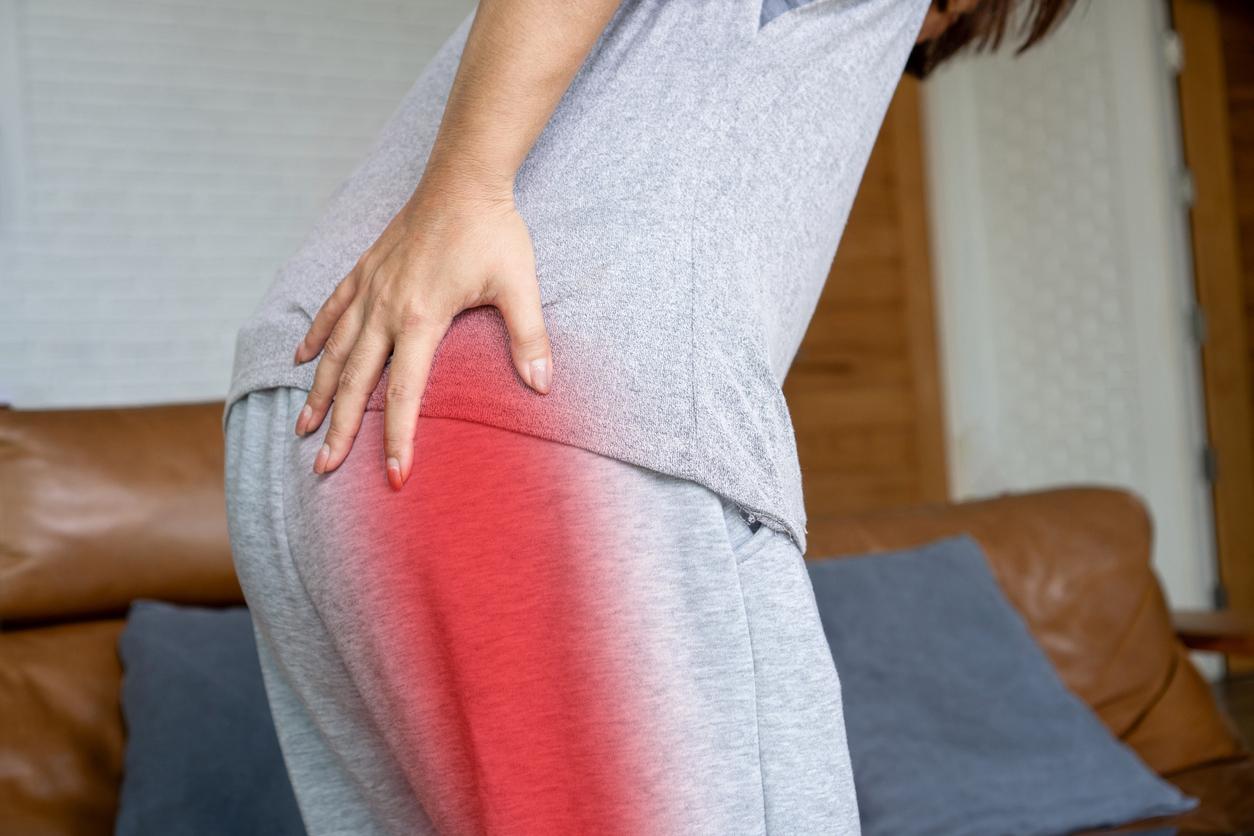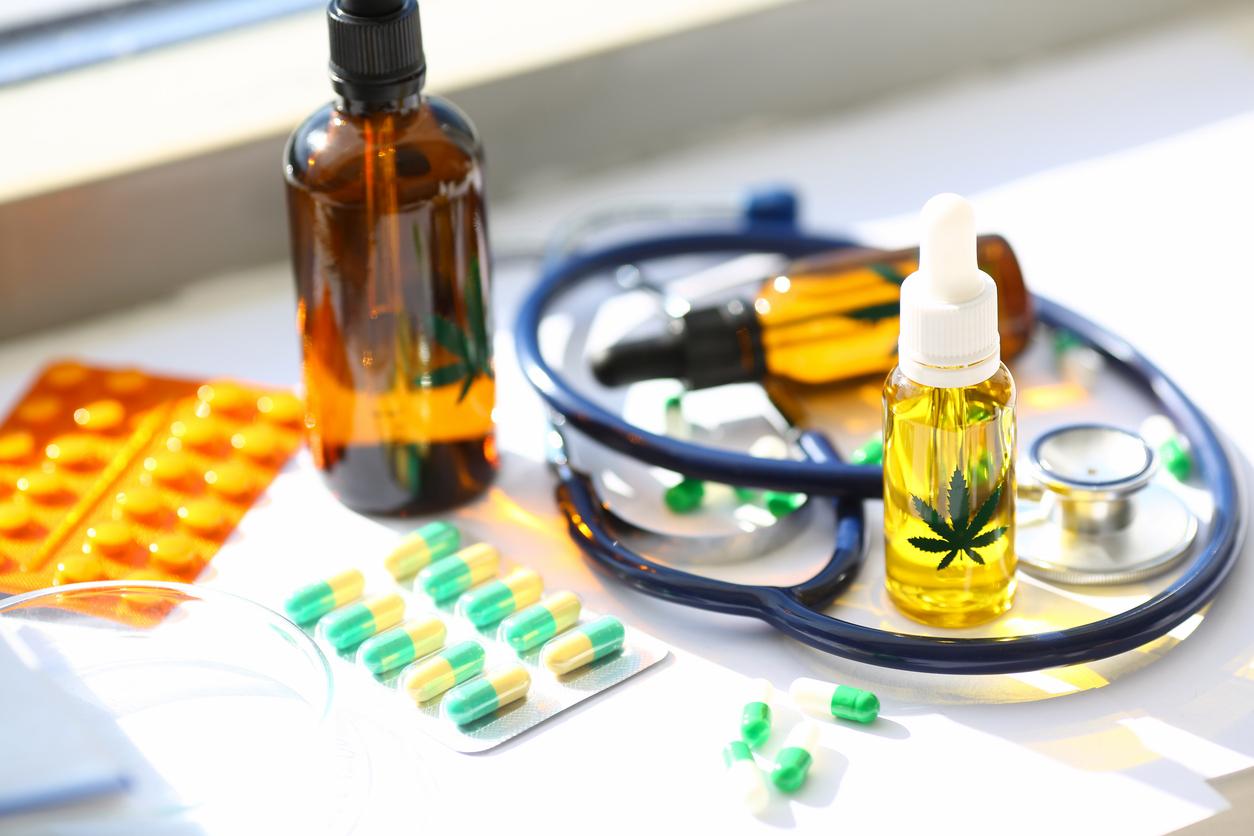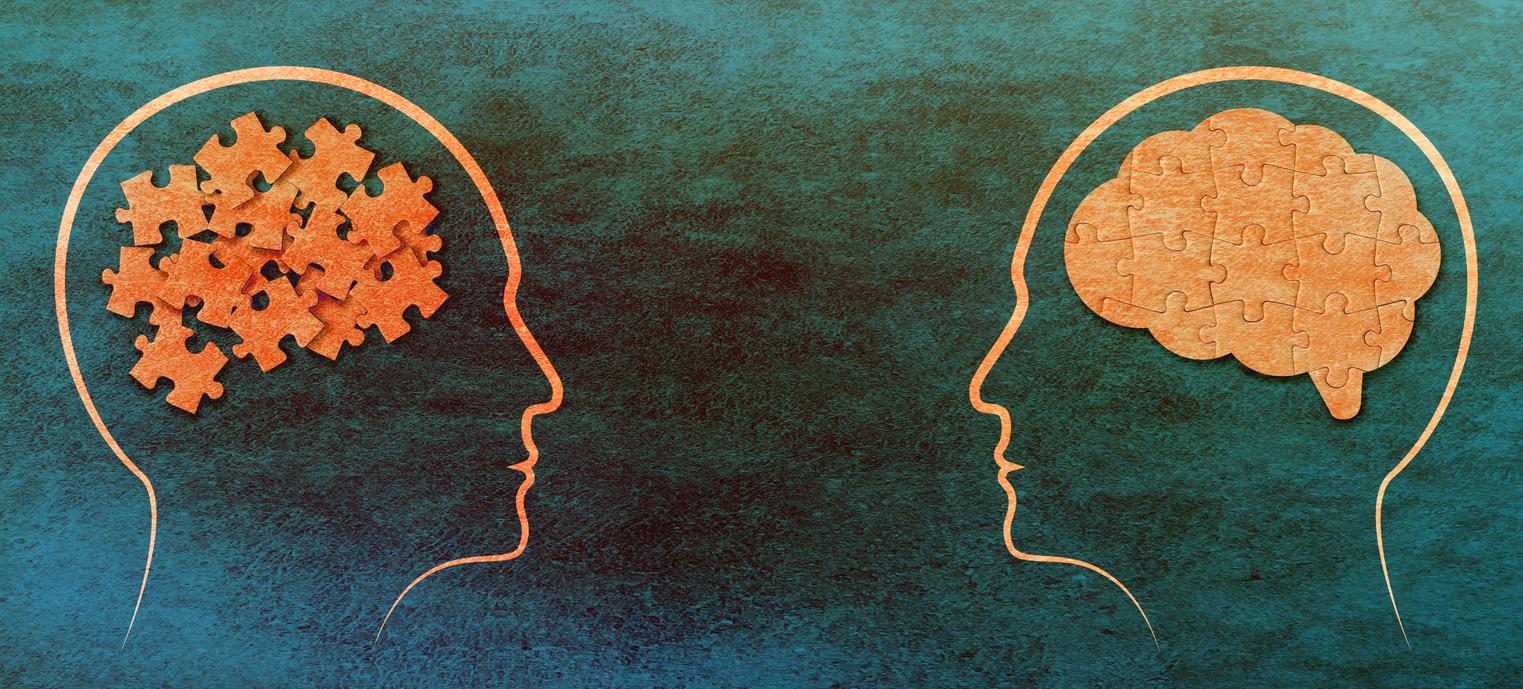Being wary of your doctor could increase the degree of pain sensitivity during the consultation, suggests a study.

- In France, general practitioners carry out an average of 22 consultations per day with an average duration of 17 minutes, according to a study by Doctolib carried out in 2017.
- According to previous studies on the subject, a positive doctor-patient relationship has an effect on patient health outcomes, including increasing placebo response and patient satisfaction.
Trust your doctor, it’s for your own good! Doubting your practitioner could indeed increase the pain felt and the brain activity related to pain during the consultation, according to work published in the specialized journal Cerebral Cortex.
Simulations of procedures
To reach this conclusion, researchers from the University of Miami, in the United States, submitted to a panel of 42 volunteers simulations of painful medical procedures – thermal stimulations – carried out by “virtual doctors”. These were actually images of individuals dressed in white coats and whose faces were digitally altered to appear more or less trustworthy. The researchers then compared the patients’ brain responses, measured by MRI.
“Participants in our study reported more severe pain when they received painful thermal stimulation from physicians they perceived to be less trustworthy”said Elizabeth Losin, one of the study’s authors, in a communicated.
Changing the doctor-patient relationship
The scientists also observed an increase in brain activity in regions of the brain linked to pain, and an increased activity of a pain-related neurotransmitter, when the healthcare professional was poorly perceived.
“The conclusion is not necessarily that we have to train doctors to make different facial expressions. On the contrary […] small changes in the doctor-patient relationship can be enough to reduce patients’ pain”, noted the work’s lead author, Steven Anderson. According to him, “even the non-verbal aspects of the doctor-patient relationship make a difference in patient pain”.
















